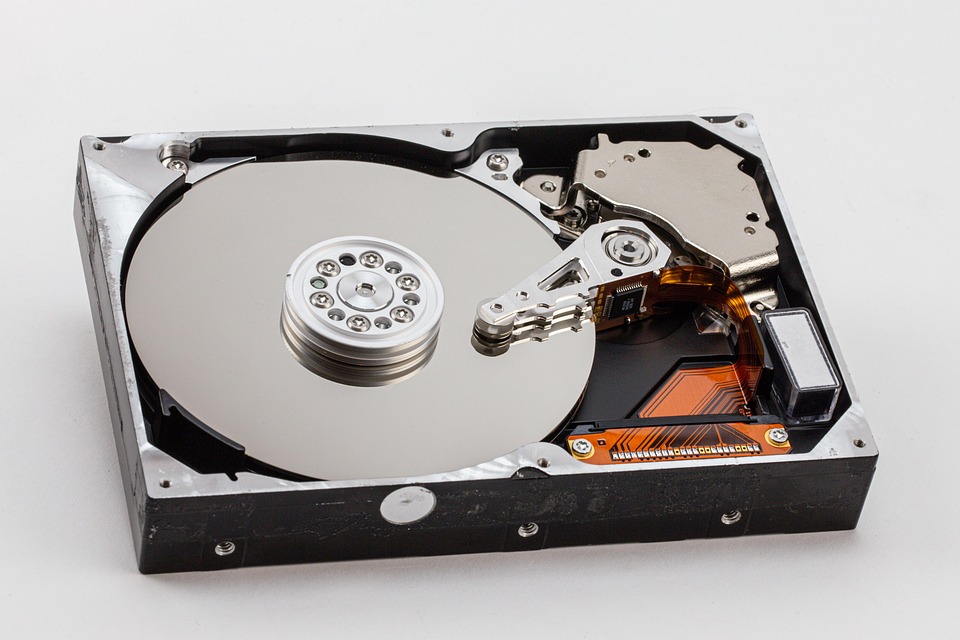The debate between magnetic media and solid-state storage has been ongoing since the inception of solid-state drives (SSDs) as a viable alternative to traditional hard disk drives (HDDs). Both storage technologies have their own set of advantages and disadvantages, making it crucial to understand their differences before deciding which one is best suited for a specific application. This article will delve into the world of magnetic media and solid-state storage, exploring their respective characteristics, performance metrics, and use cases. We will also discuss the future of storage technology and its implications for the industry.
How Magnetic Media Works
Magnetic media, commonly found in HDDs, relies on the principle of magnetism to store and retrieve data. The hard drive consists of a spinning magnetic platter, read/write heads, and actuator arms that move the heads across the platter surface. Data is stored on the platter as a series of magnetic patterns, which represent binary 1s and 0s. The read/write heads detect and manipulate these magnetic patterns to read or write data.
Advantages of Magnetic Media
- Cost-effective: Magnetic media is a more affordable storage option in terms of cost per gigabyte (GB) compared to solid-state storage. This makes HDDs an attractive choice for applications that require large amounts of storage space, such as data centers, archiving, and backup systems.
- Higher capacity: Due to the lower cost per GB, HDDs are available in higher capacities than SSDs. This makes them suitable for applications that require the storage of large amounts of data, such as video and audio editing, scientific research, and enterprise-level data storage.
- Longer lifespan: Contrary to popular belief, properly maintained and operated HDDs can last as long as or even longer than SSDs. While SSDs have a finite number of write cycles, modern HDDs are built to withstand years of constant use and are designed to minimize wear and tear on the mechanical components.
Disadvantages of Magnetic Media
- Slower read/write speeds: HDDs are slower than SSDs in terms of read/write performance due to their mechanical nature. The spinning platter and moving read/write heads introduce latency that is absent in the solid-state counterpart. This makes HDDs less suitable for applications that require high-speed data access, such as high-performance computing, gaming, and video editing.
- Mechanical failure: As HDDs contain moving parts, they are more susceptible to mechanical failure than SSDs. This can result in data loss or corruption, especially in environments with high shock or vibration levels.
- Power consumption: HDDs consume more power than SSDs due to the energy required to spin the platter and move the read/write heads. This can be a concern in portable devices or environments where power consumption needs to be minimized, such as data centers or edge computing devices.
How Solid-State Storage Works
Solid-state storage, commonly found in SSDs, uses flash memory technology to store and retrieve data. Unlike magnetic media, SSDs have no moving parts, making them more resistant to shock and vibration. Data is stored in NAND flash memory chips, which store data as electrical charges in floating gate transistors. These charges represent the binary 1s and 0s used to store data.

